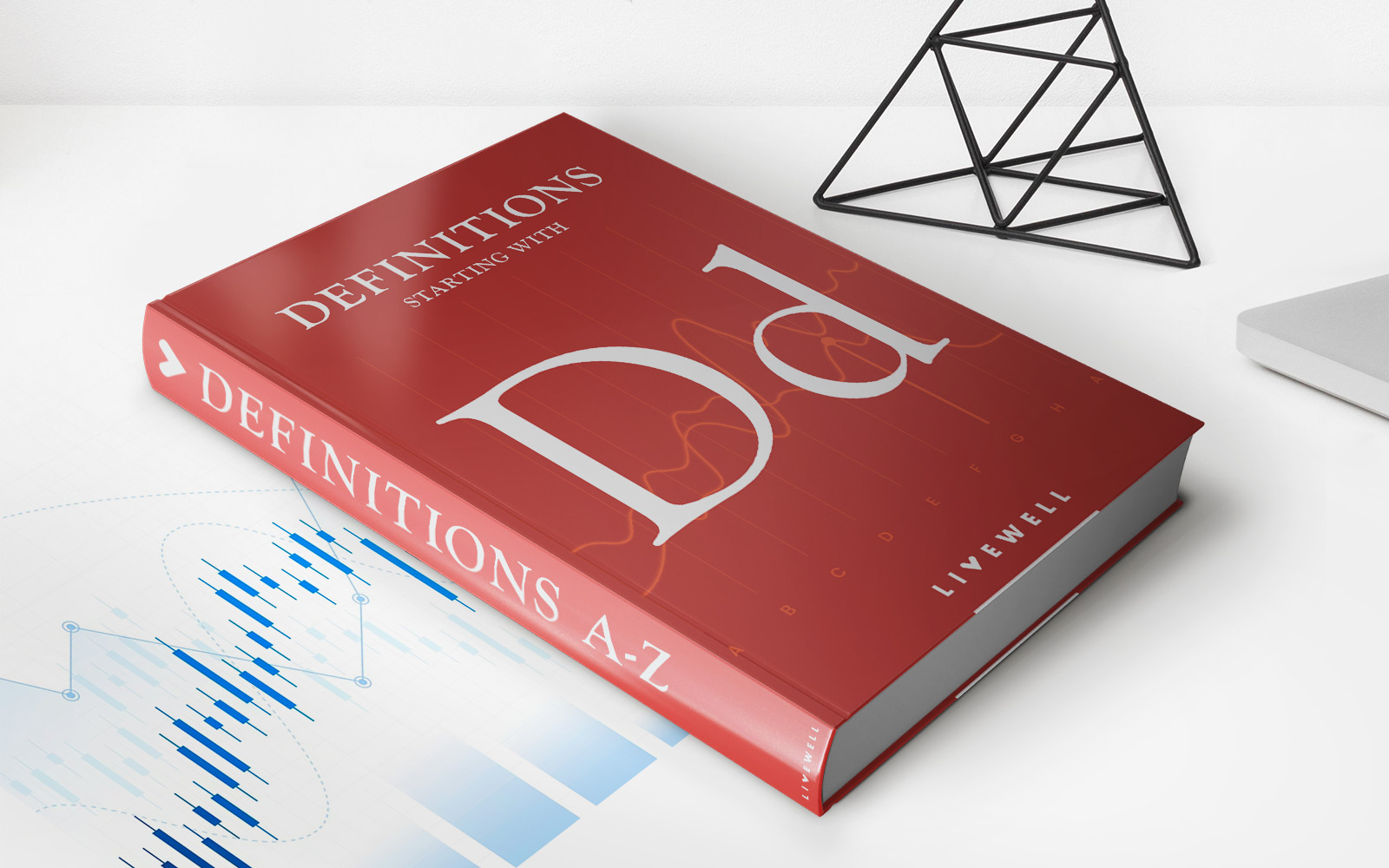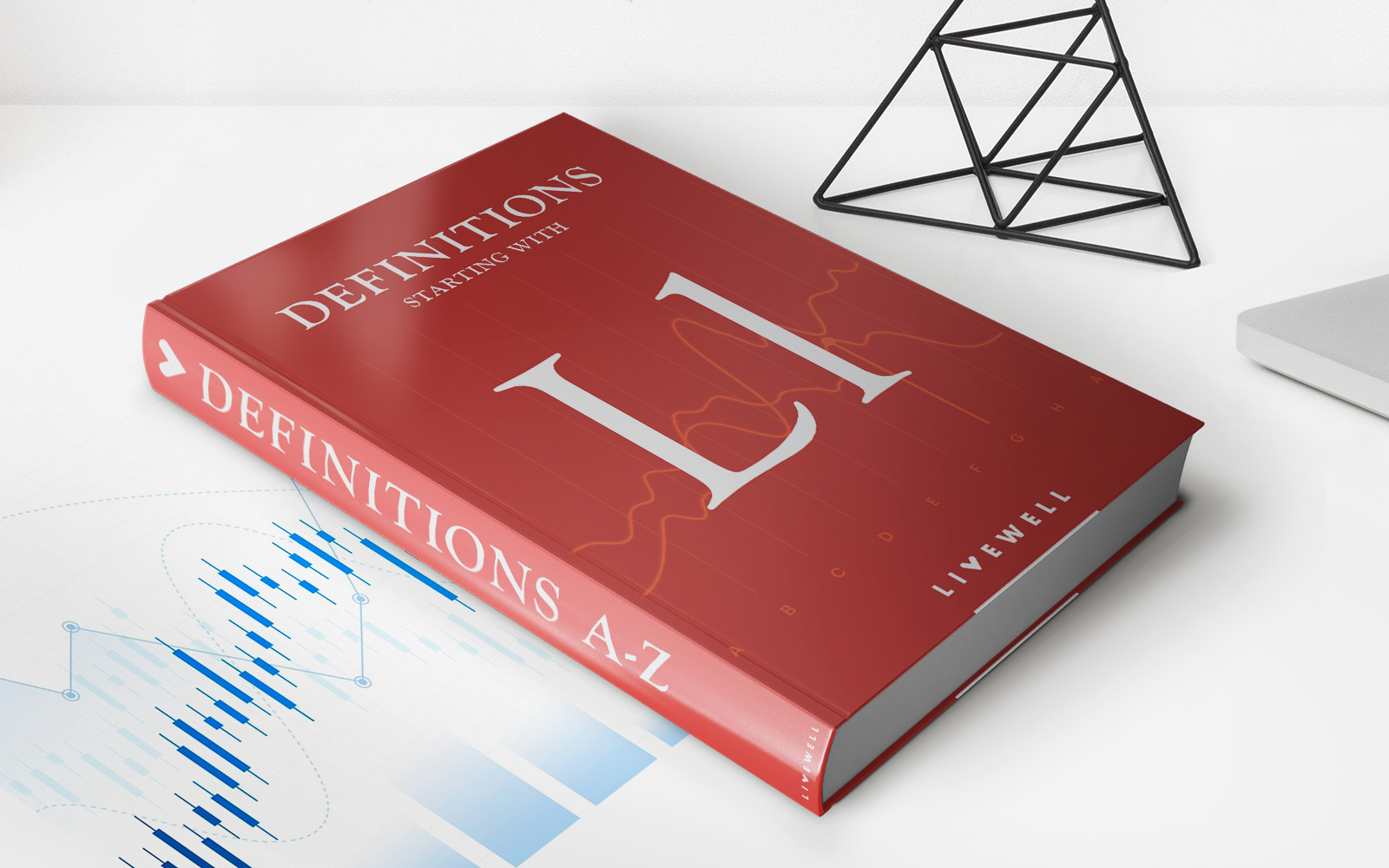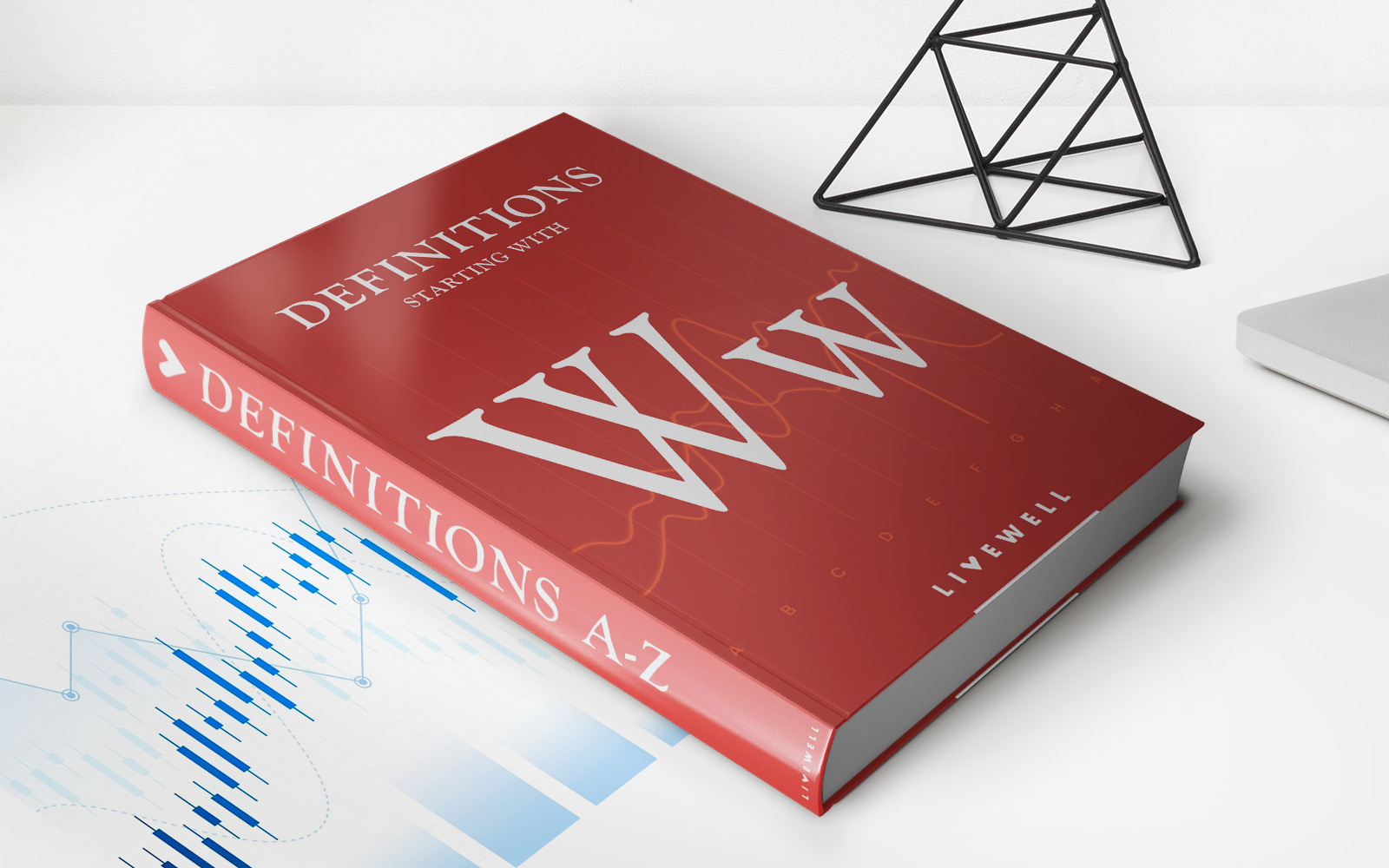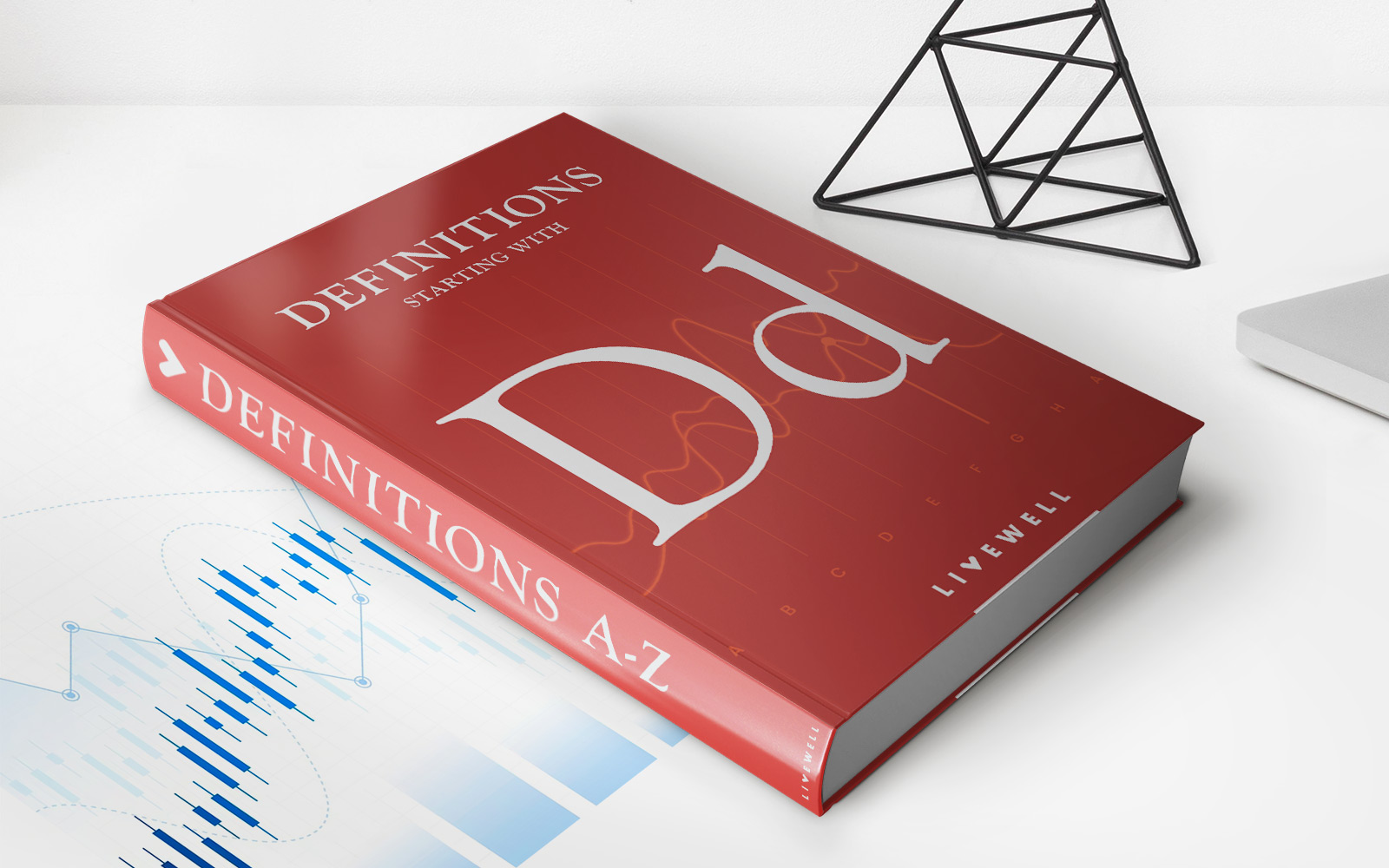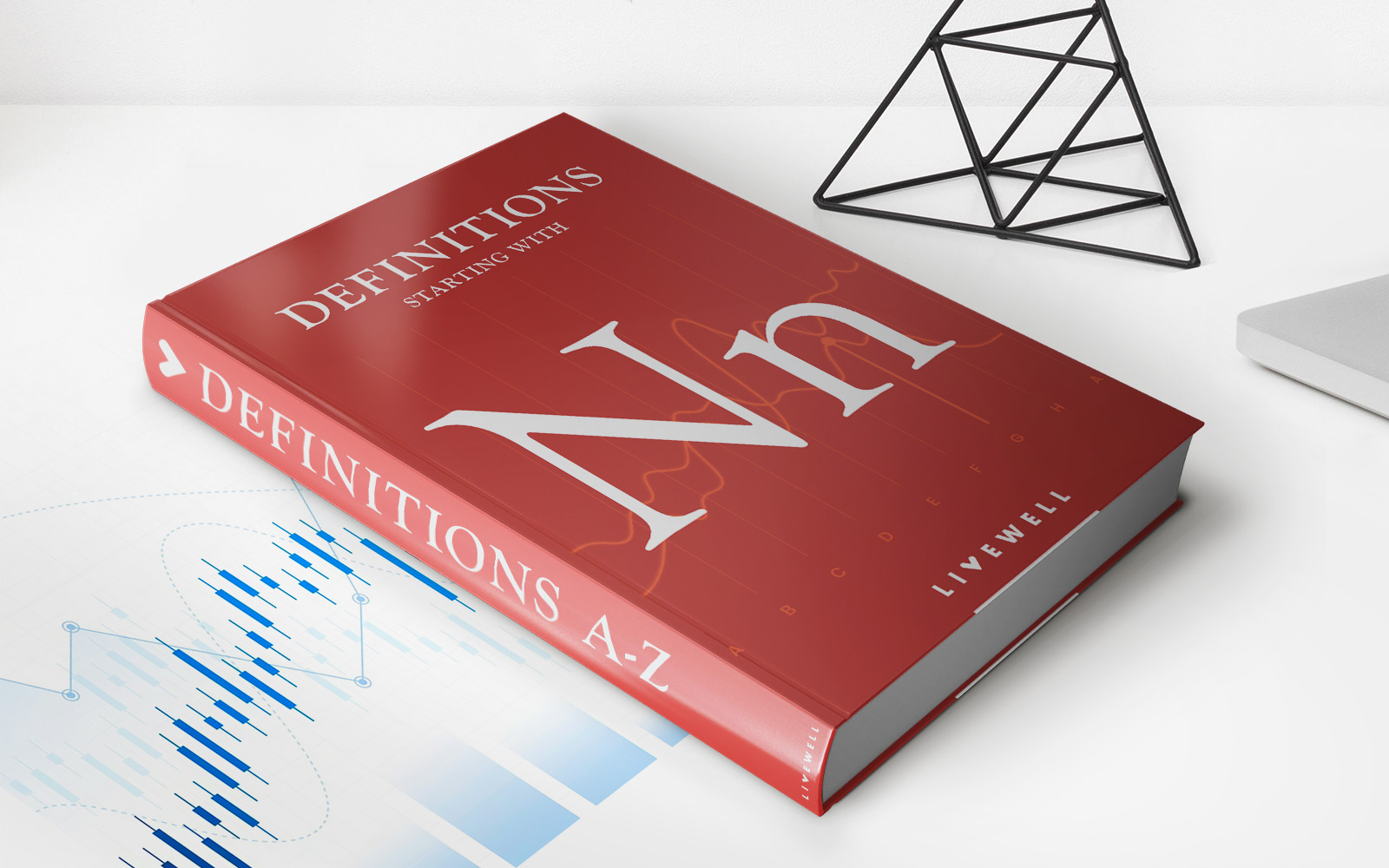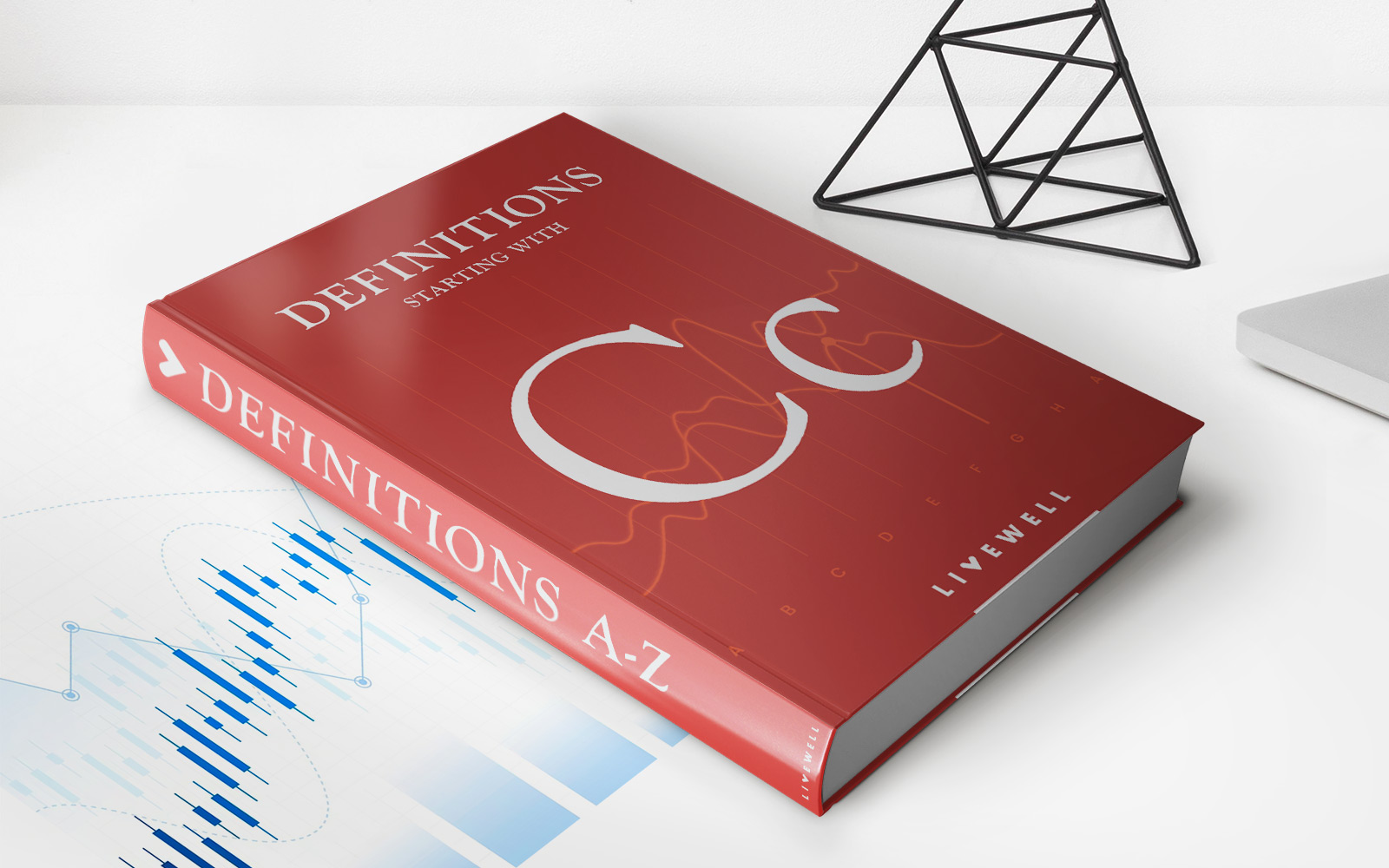Home>Finance>Wage-Price Spiral: Definition And What It Prohibits And Protects


Finance
Wage-Price Spiral: Definition And What It Prohibits And Protects
Published: February 17, 2024
Learn about the wage-price spiral in finance and understand its definition. Discover what it prohibits and protects in the financial industry.
(Many of the links in this article redirect to a specific reviewed product. Your purchase of these products through affiliate links helps to generate commission for LiveWell, at no extra cost. Learn more)
The Wage-Price Spiral: Definition and What It Prohibits and Protects
Welcome to our Finance category blog post! Today, we will delve into the topic of the Wage-Price Spiral—a concept that plays a significant role in the world of economics and impacts various aspects of our daily lives. If you’ve ever wondered about the connection between wages and prices and how they interact, you’re in the right place! In this post, we will define the Wage-Price Spiral and explore what it prohibits and protects. So, let’s get started!
Key Takeaways:
- The Wage-Price Spiral is an economic phenomenon in which rising wages lead to increased production costs, resulting in higher prices for goods and services.
- The phenomenon can create a cycle as higher prices then lead to demands for higher wages, further perpetuating the spiral.
Understanding the Wage-Price Spiral
The Wage-Price Spiral is a dynamic concept that highlights the relationship between wages and prices in an economy. It occurs when there is an interplay between rising wages and increasing prices of goods and services. This phenomenon can often be observed in periods of economic growth and inflation.
Now, you might be wondering how the Wage-Price Spiral comes into play and what it actually prohibits and protects. Let’s dive deeper into these aspects.
What It Prohibits
The Wage-Price Spiral works as a mechanism that prevents wages from increasing at an unsustainable rate. It can be seen as a natural stabilizer in the economy, preventing excessive wage growth that could have negative consequences such as:
- Inflationary Pressures: If wages rise too rapidly without a corresponding increase in productivity, this can drive up the costs of production for businesses. To cover these costs, businesses may increase the prices of their products or services, leading to inflation. The Wage-Price Spiral helps combat this by acting as a limiting factor on wage growth.
- Loss of Competitiveness: Rapid wage growth can also make a country less competitive in the global market. If wages increase at a faster pace than those in other countries, it can lead to higher production costs, making exported goods or services more expensive. This, in turn, can hinder exports and harm the overall competitiveness of the nation.
What It Protects
On the other hand, the Wage-Price Spiral also serves to protect workers’ purchasing power and maintain a balance between wages and prices. By allowing controlled wage increases, the Wage-Price Spiral guards against:
- Income Inequality: Wage stagnation can lead to income inequality, with the gap between higher and lower earners widening over time. The Wage-Price Spiral ensures that wages keep pace with increases in the cost of living, preserving workers’ purchasing power and reducing income disparities.
- Consumer Demand: When wages rise at a moderate rate, it can lead to increased consumer spending. This, in turn, stimulates the economy and contributes to overall economic growth. By maintaining a balance between wages and prices, the Wage-Price Spiral can help sustain consumer demand.
In Conclusion
The Wage-Price Spiral is a crucial phenomenon that regulates the interplay between wages and prices in an economy. It prohibits excessive wage growth that could lead to inflationary pressures and loss of competitiveness, while also protecting workers’ purchasing power and stimulating consumer demand. By understanding the dynamics of the Wage-Price Spiral, we can gain insights into the intricate relationship between wages and prices and their influence on the overall economic landscape.
We hope this blog post has provided you with a clear understanding of the Wage-Price Spiral and its implications. If you have any questions or would like to explore any other finance topics further, please don’t hesitate to reach out to us. Stay tuned for more insightful blog posts in our Finance category!

